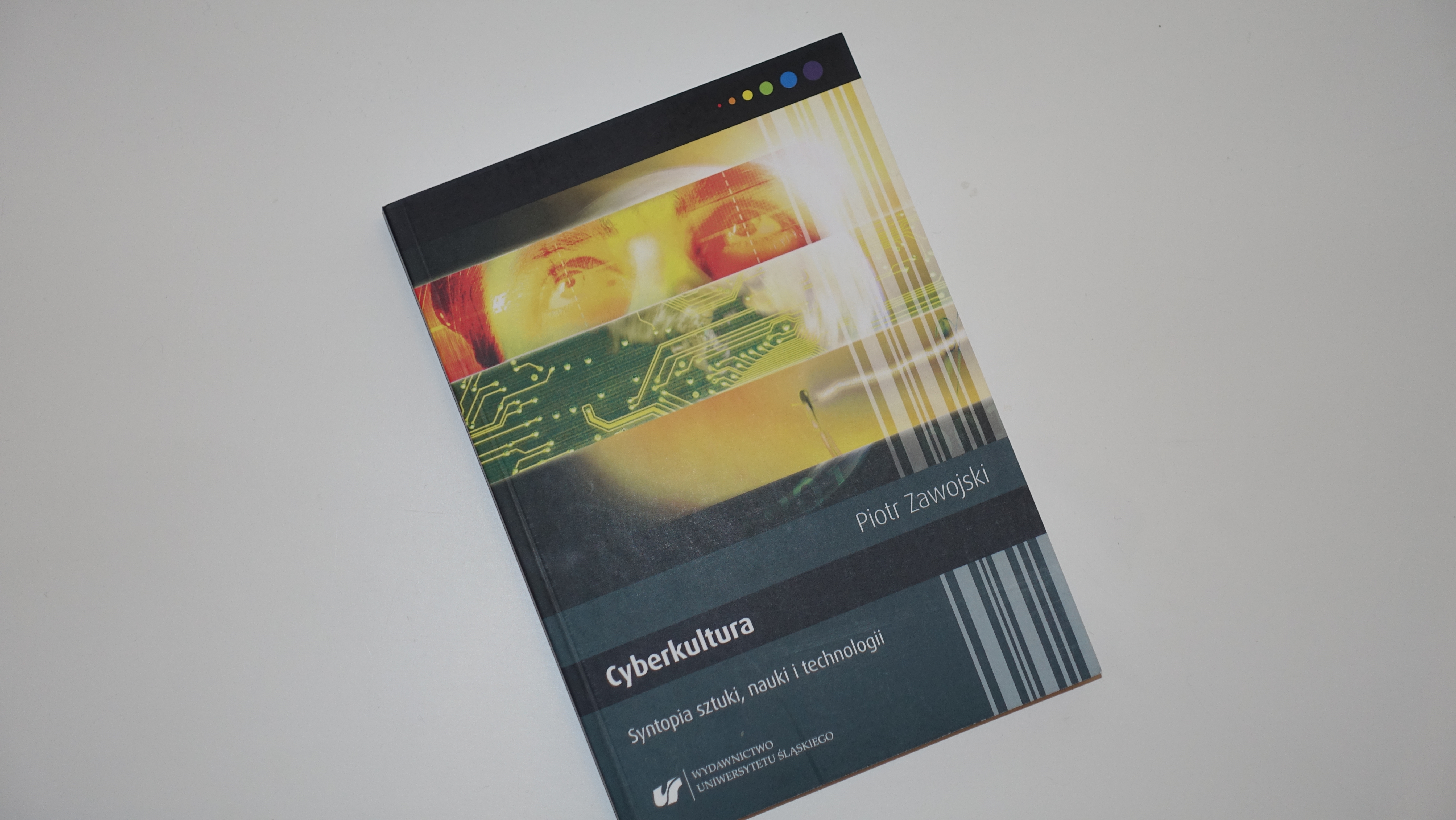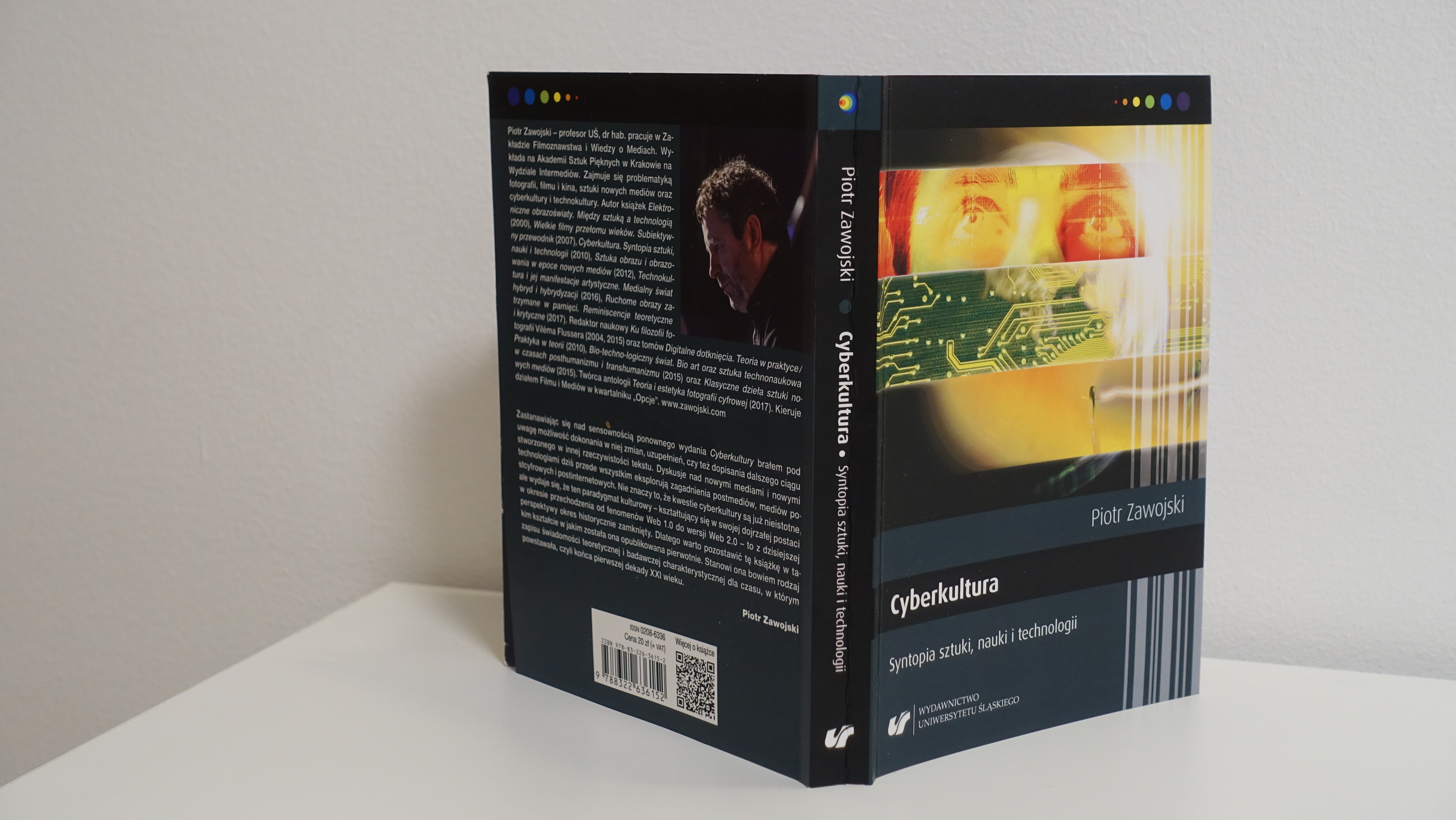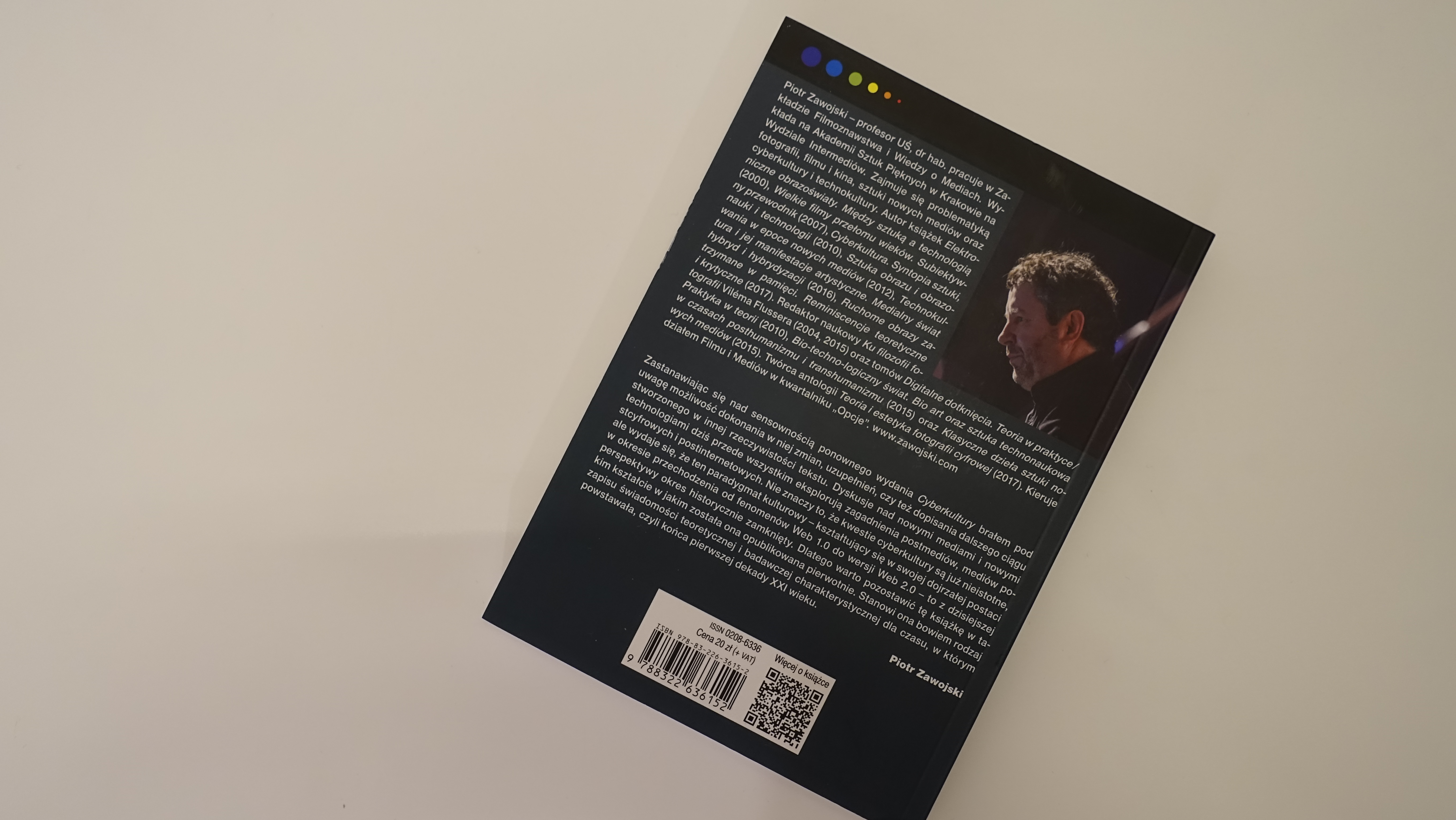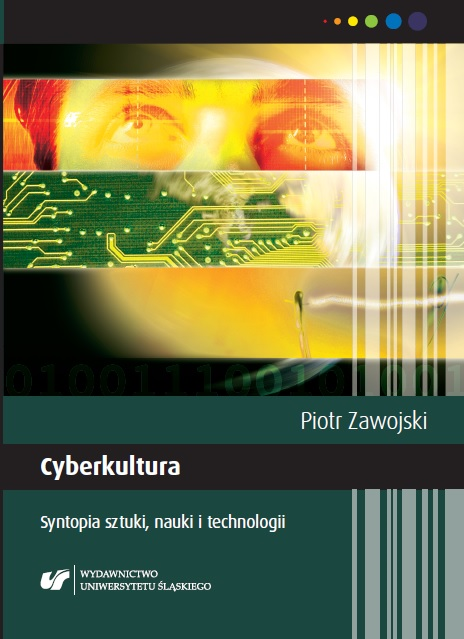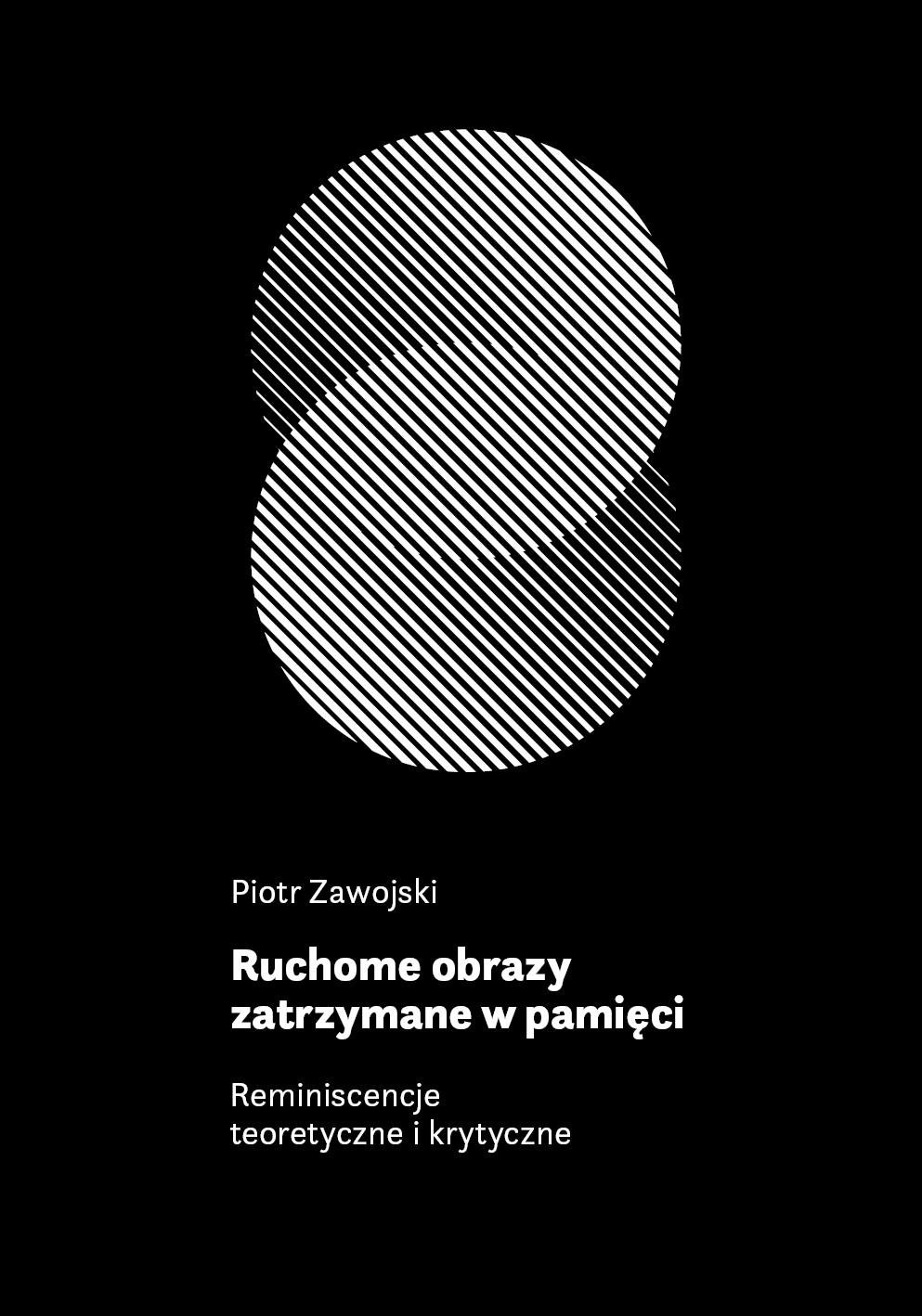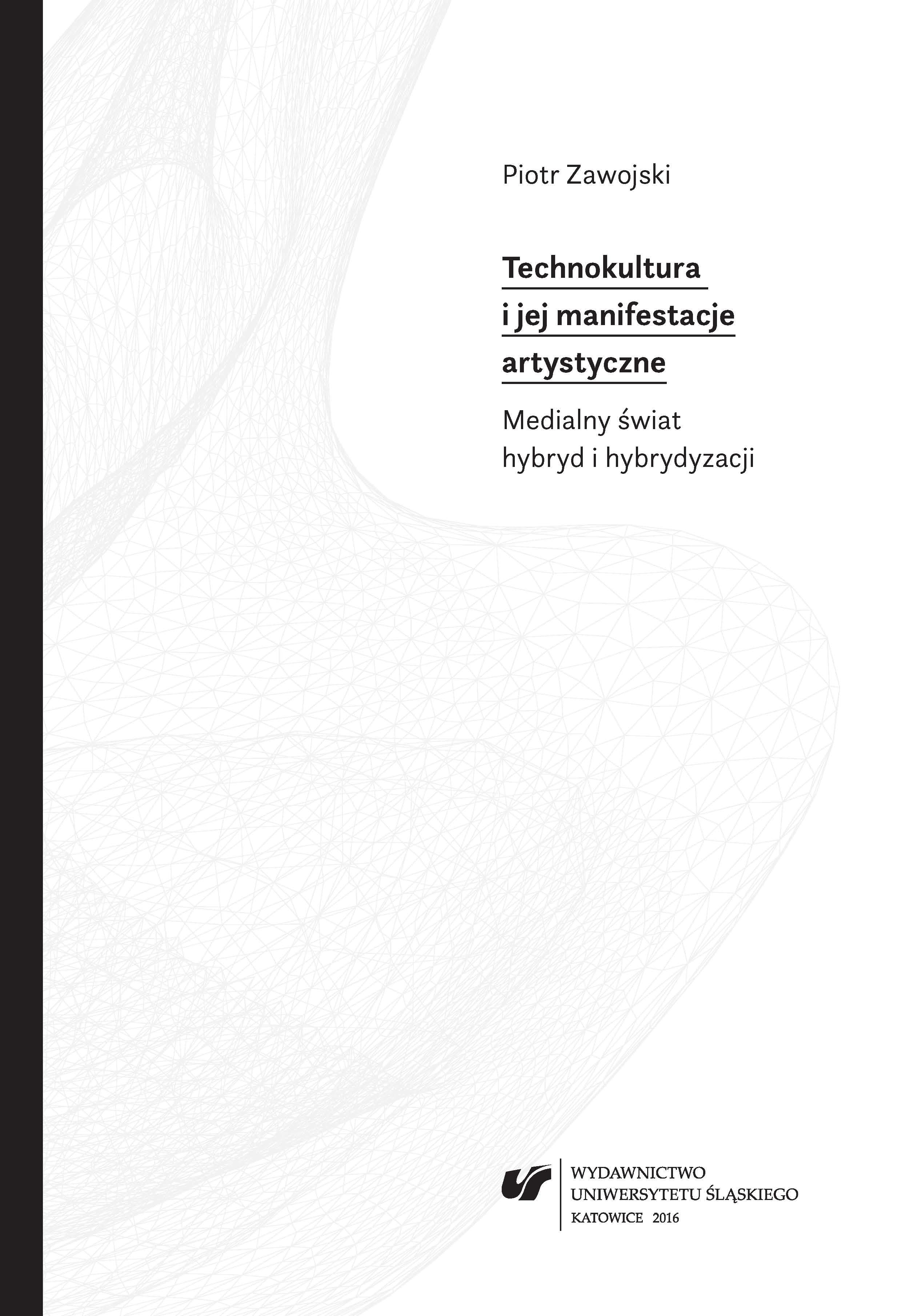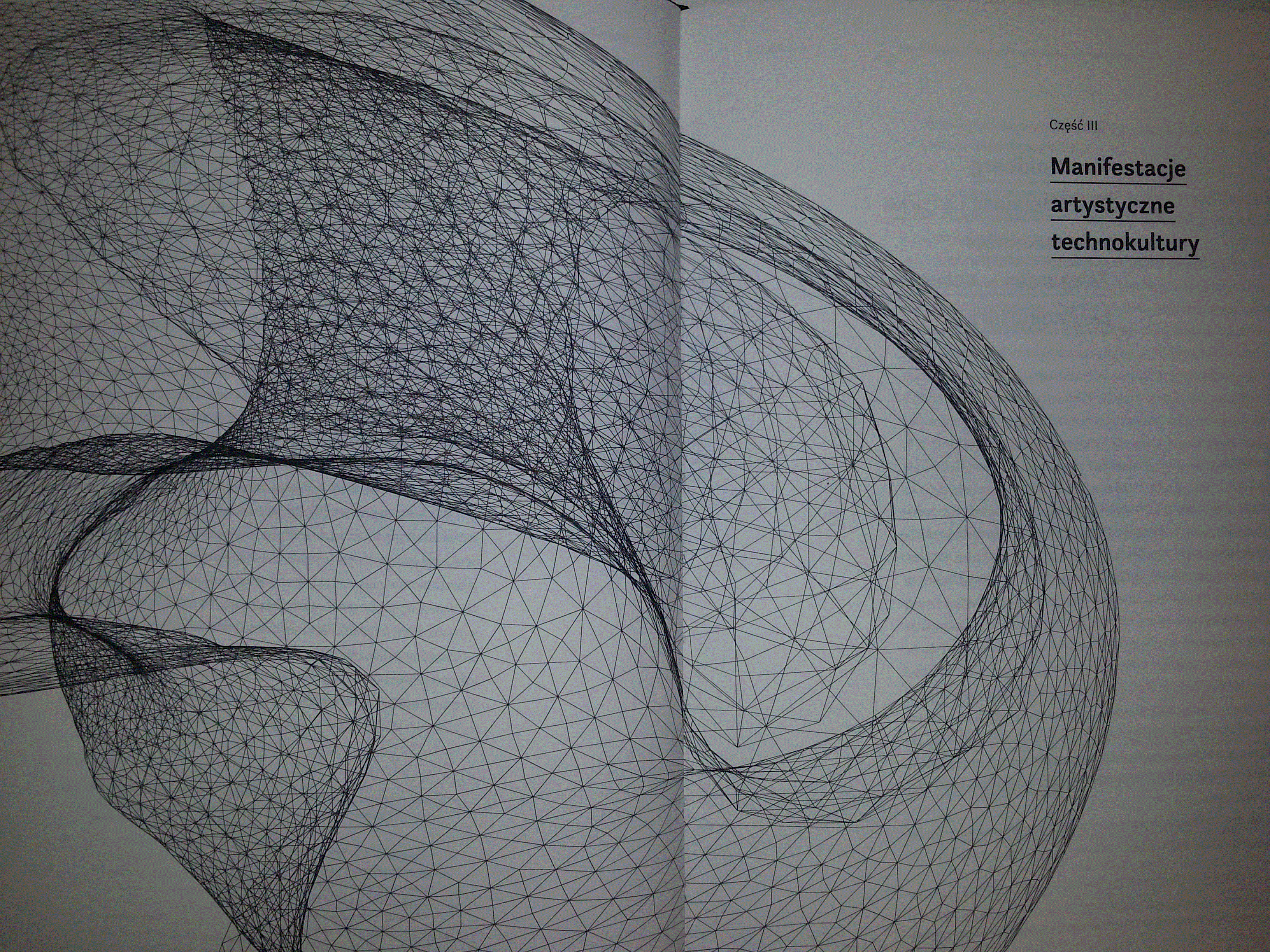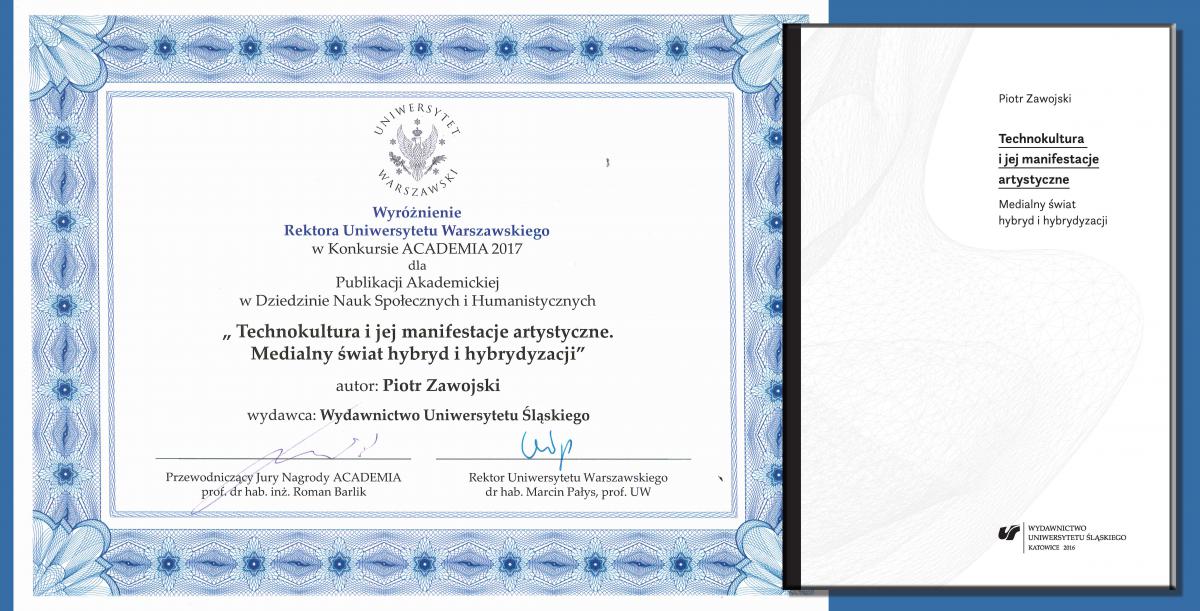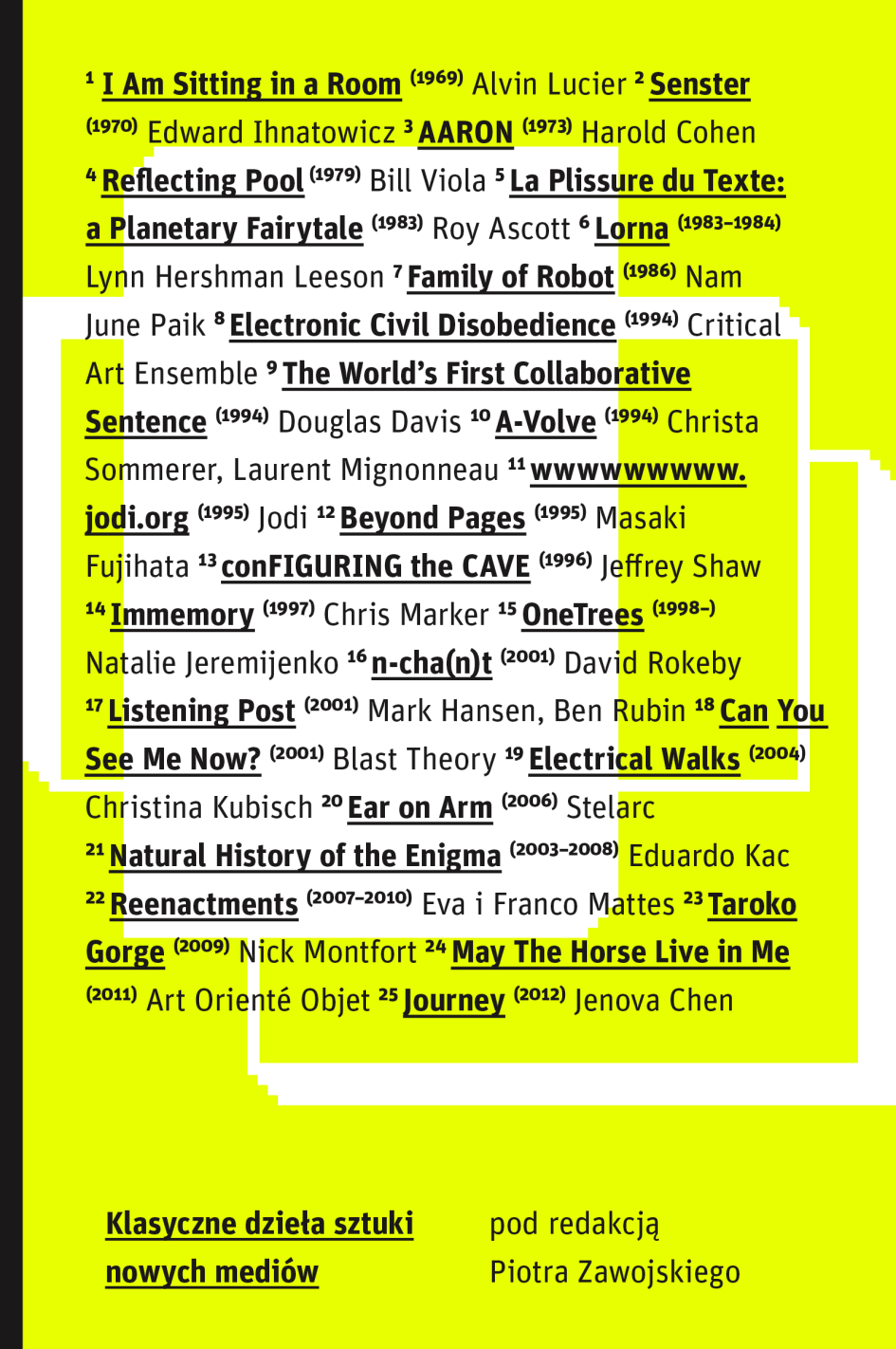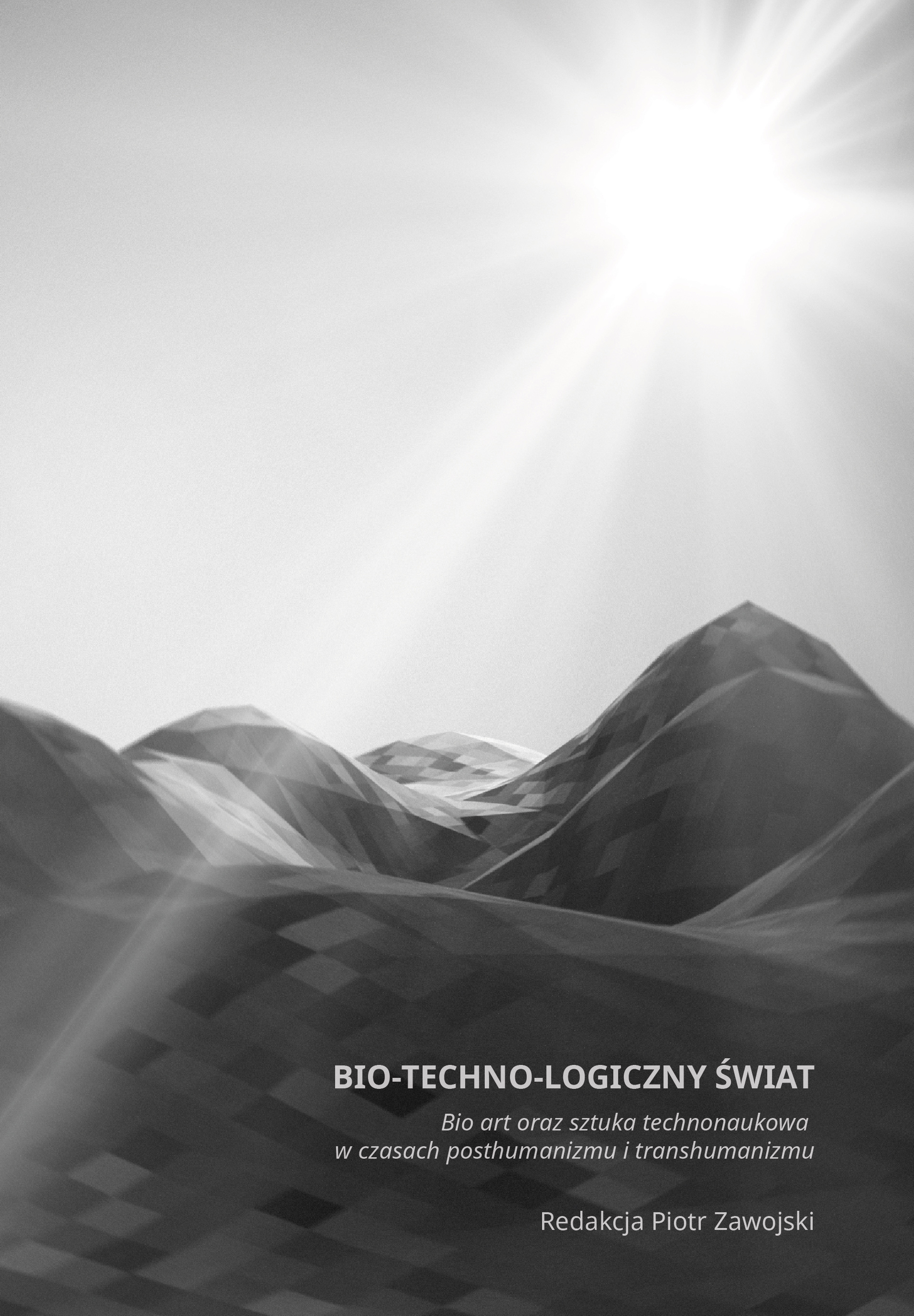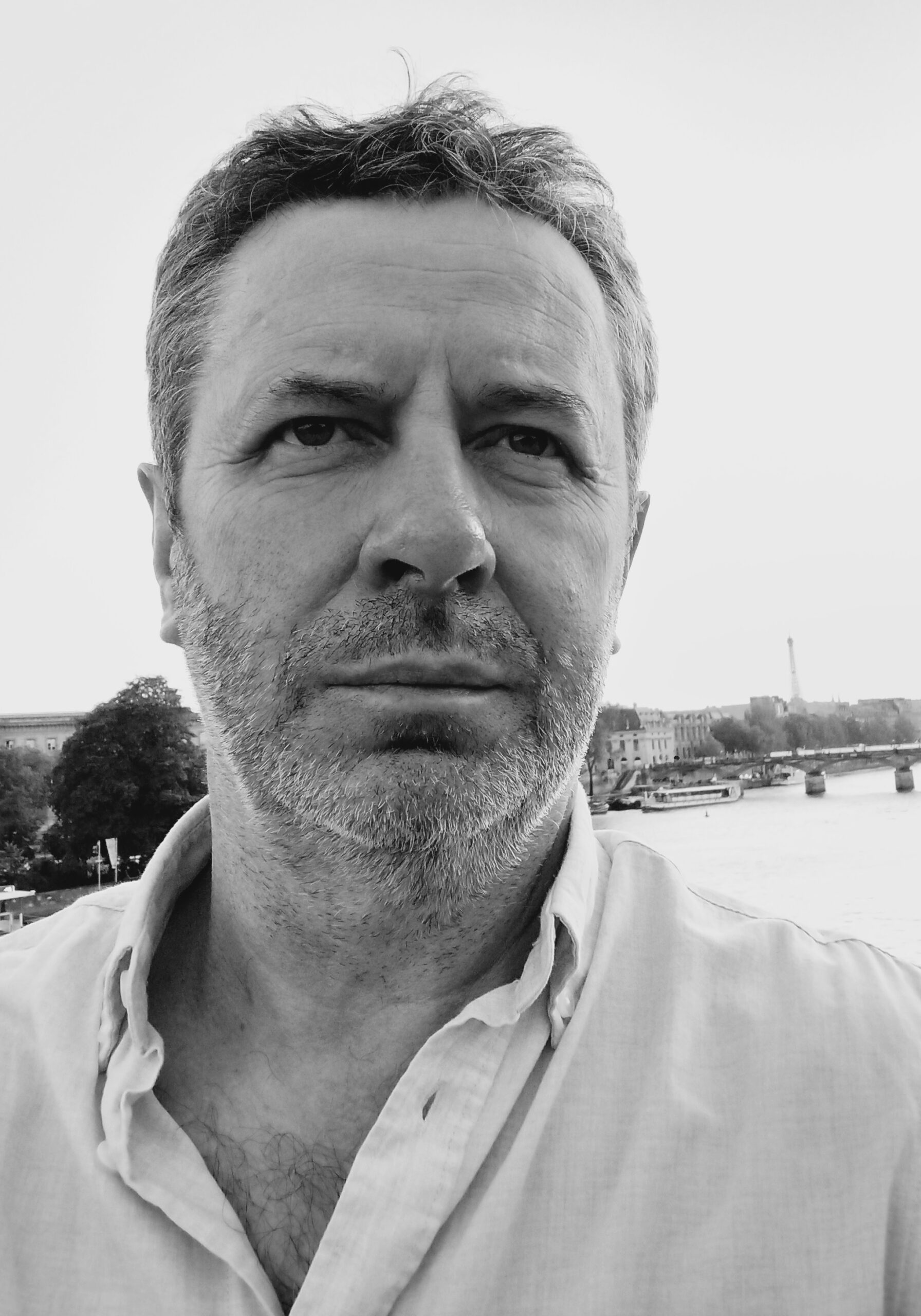Text published in: Zbigniew Rybczyński, A Treatise on the Visual Image. Eds.: Halina Oszmiańska, Anna Gapińska. Art Stations Foundation. Poznań 2009.
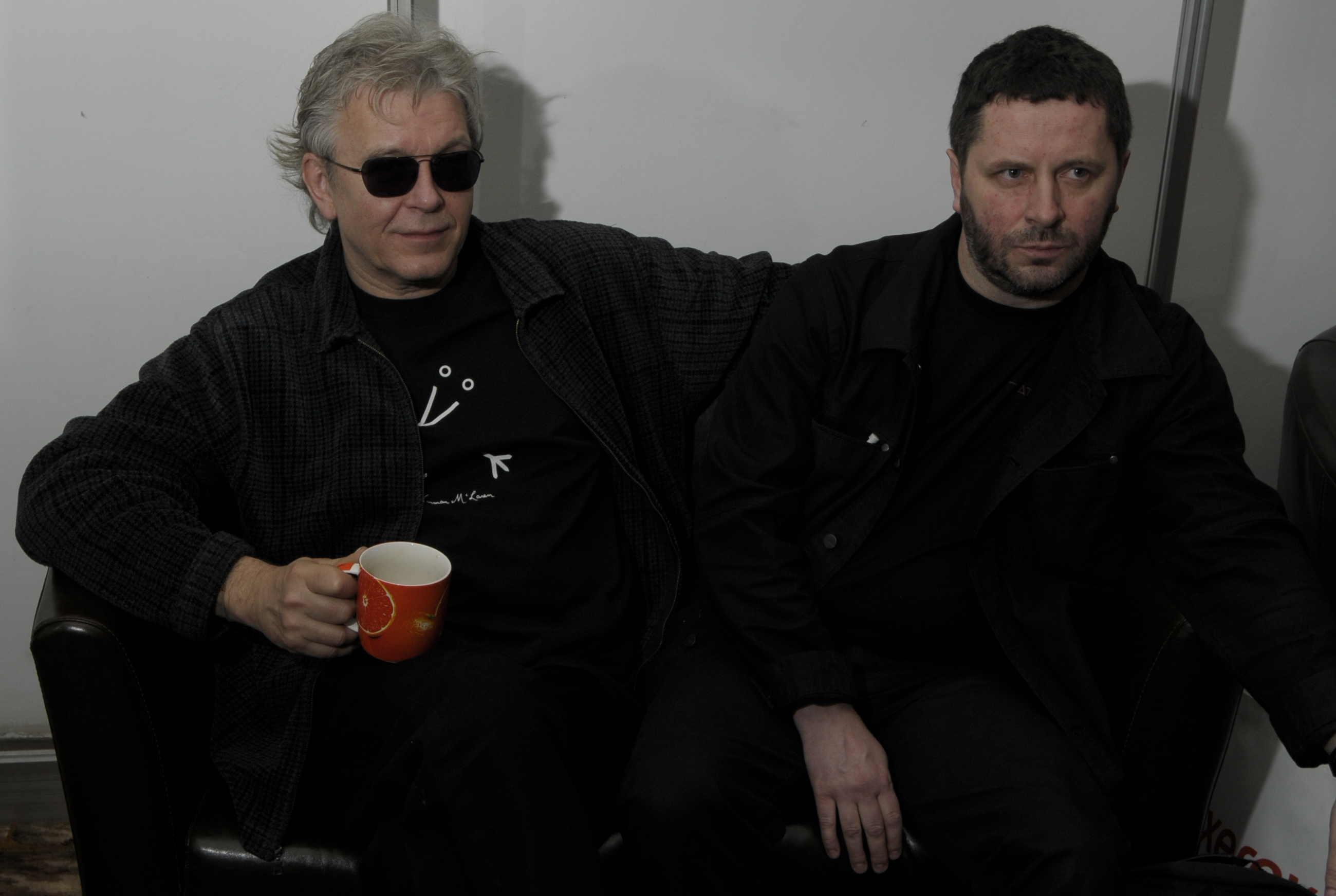
Zbigniew Rybczyński & Piotr Zawojski. Zdj. Roman Wnuk
“He who has never completed – be it but in a dream – the sketch for some project that he is free to abandon; who has never felt the sense of adventure in working on some composition which he knows finished when others only see it commencing; who has not known the enthusiasm that burns away a minute of his very self; or the poison of conception, the scruple, the cold breath of objection coming from within; and the struggle with alternative ideas when the strongest and most universal should naturally triumph over both what is normal and what is novel; he who has not seen the image on the whiteness of his paper distorted by other possible images, by his regret for all the images that will not be chosen; or seen in limpid air a building that is not there; he who is not haunted by fear of giddiness caused by the receding of the goal before him; by anxiety as to means; by foreknowledge of delays and despairs, calculation of progressive phases, reasoning about the future – even about things that should not, when the time comes, be reasoned about – that man does not know either – and it does not matter how much he knows beside – the riches and resources, the domains of the spirit, that are illuminated by the conscious act of construction.”
Paul Valéry, Introduction to the method of Leonardo da Vinci,
English translation by Thomas Mc Greevy
Zbigniew Rybczyński’s A treatise on the visual image is, without doubt, a summa – a work that sums up many years of work, experiences and experiments. I would be an extremely conceited and overly self-assured commenter if I tried to debate exhaustively all the theses of the treatise. All I can do is to attempt a footnote of a sort, a gloss, a short commentary, in which I will ask myself the question of whether I can understand the author’s intentions. When I wrote(1) and talked(2) to the author of Tango, a number of times, did I know what was the essence, the propulsive principle behind the consistent – but not at all obvious or easy-to-understand – work of Rybczyński? The Treatise is not an overly long text, containing only four parts and an introduction; but in order for it to have been created, the artist needed to look back at almost forty years of his work as a visual artist in a maximally condensed and – as a matter of fact – succinct way. At the same time, a vision of the future emerges from that past and present. The three planes constitute a unity; they are superimposed onto one another, in the same way in which various time points become continually superimposed onto one another in our imagination – which, unfortunately, happens far less often in films/images. Rybczyński has pointed this out repeatedly: how can one capture and record those seemingly separate worlds into one, coherent whole? How can one capture that multiplicity and richness as unity – without sacrificing diversity for even a single moment? To achieve this, one needs suitable tools and technologies to create images, and suitable imaging methods. But does such a technology exist? And if it does not, who is supposed to develop and create it?
Image and images; the proliferation of images and imaging has been invariably, for years, one of the key problems of not only art, aesthetics, theory and philosophy, but simply of our reality – the world we live in. So, why do we still know so little about the nature of images? Both when one considers traditional and technologically-assisted imaging techniques? The mystery of image remains unfathomed; but even a definition of an image is problematic. And if a reader of the Treatise is disappointed by the author’s not having attempted to formulate one, then perhaps one should assume that an image is what it is commonly understood to be. When we talk about images – without going into the details of whether we mean a painting, a photographic image, a film image, a computer-generated image, a mirror image, a virtual image – we conclude that, despite all the differences between the individual types of images, as mentioned above, there is something that unifies them after all. Every image is an area, most often a two-dimensional plane, even though there are of course technologies to create three-dimensional images in which “something” is visible. An extremely important question is “how” it may be that “something” becomes visible in an image. Take, for example, the phenomenon of the screen as the location where the image manifests itself, and think of the ambiguous etymological connections, referring to something being “screened”, “hidden”, “covered”. Thus, the screen and the monitor does not only “reveal” its content (the image), but it also masks the image, “screens” it, and in doing so, it builds relations between that which is visible (revealed) and that which is invisible (concealed).
(więcej…)
